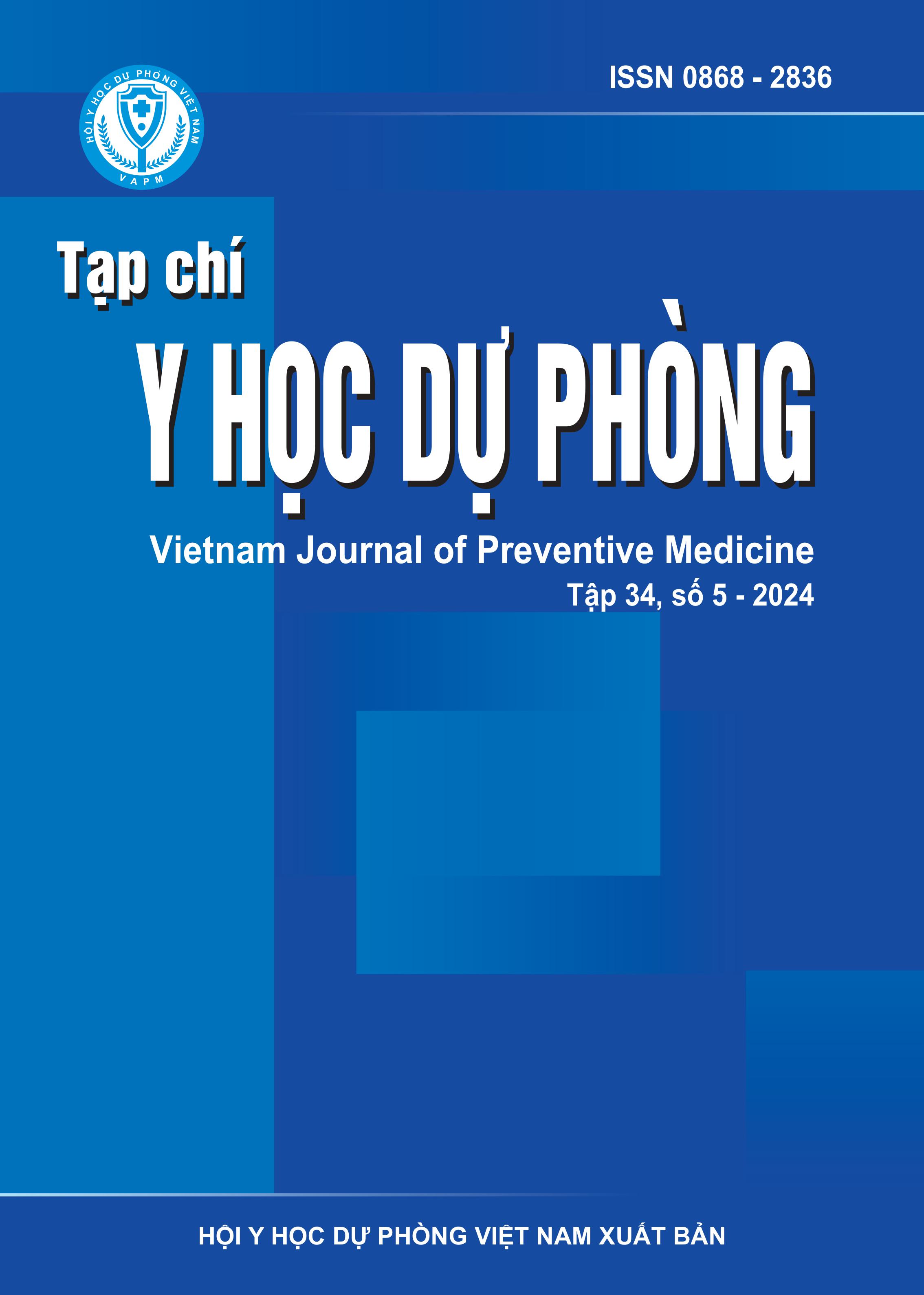Prevalence and Clinical, Paraclinical Correlations of Strongyloides stercoralis in Immunocompromised Patients at Dong Nai General Hospital in 2023
DOI:
https://doi.org/10.51403/0868-2836/2024/1842Keywords:
Strongyloides, ELISA, immunodeficiencyAbstract
Strongyloides stercoralis is a dangerous parasitic worm, particularly for immunocompromised patients, due to its ability to cause chronic infections and severe complications if not promptly diagnosed. This study employed the ELISA method to assess the infection rate and clinical and subclinical correlations of Strongyloides stercoralis larvae at Dong Nai General Hospital, involving 498 patients, including 79 immunocompromised individuals and 419 healthy controls. The results showed a positive seroprevalence rate of 6.83%, with a higher infection rate in immunocompromised patients (10.12%) compared to the healthy group (6.43%). Patients with chronic kidney disease (17.86%) and tuberculosis (12.15%) had the highest risk of infection. Symptoms such as urticaria (100%), diarrhea (50%), and abdominal pain (33.33%) were more common in the immunocompromised group. The study recommends using ELISA for the diagnosis of Strongyloides stercoralis, especially in immunocompromised patients, to facilitate early detection and timely treatment, thereby reducing the risk of complications in the community.
Downloads
Downloads
Published
How to Cite
Issue
Section
License
Publication License No 150/GP-BTTTT signed on May 8, 2014;
Electronic Publication License No 322/GP-BTTTT signed on June 15, 2016.


